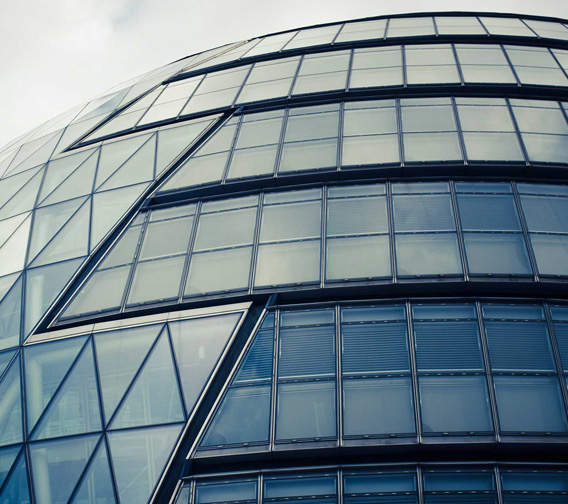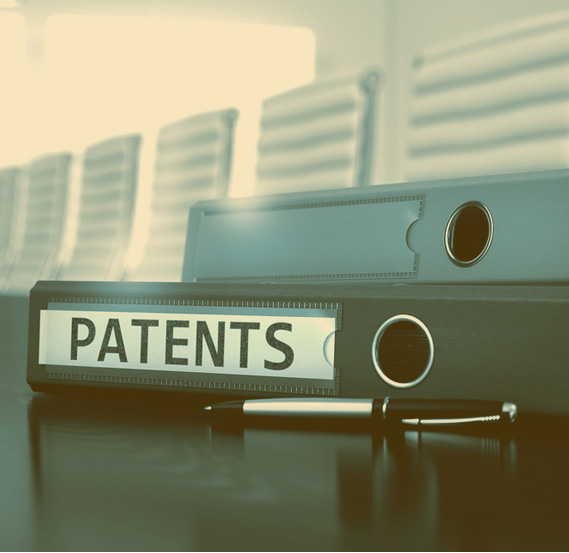
Intellectual Property Rights
Intellectual Property refers to creations of the human mind: It is intangible & created with human mental effort. These include inventions, literary and images which are used in business & commerce. Intellectual Property is subdivided into several categories.

The Startups and business enterprises may protect its search engines, e-commerce systems or other technical internet tools under the relevant IP laws; such protections may include:
Brand name of a company/product, Literary works (such as novels, poems and plays), films, music, Radio & TV programmers, artistic works (e.g., drawings, paintings, photographs and sculptures), Architectural design, Computer software, Data bases, Advertisements, maps, and technical drawings.
Copyright protection extends only to expressions and not to ideas, procedures, and methods of operation or mathematical concepts as such. Copyright may or may not be available for a number of objects such as titles, slogans, or logos, depending on whether they contain sufficient authorship
There are two types of rights under copyright:
Most copyright laws state that the rights owner has the economic right to authorize or prevent certain uses in relation to a work or, in some cases, to receive remuneration for the use of his work (such as through collective management). The economic rights enable an owner of a work to prohibit or authorize:
Examples of widely recognized moral rights include the right to claim authorship of a work and the right to oppose changes to a work that could harm the creator's reputation.
Economic rights have a time limit, which can vary according to national law. In those countries which are members of the Berne Convention, the time limit should be equal to or longer than 50 years after the creator’s death. Longer periods of protection may however be provided at the national level.

A patent is an exclusive right granted to an inventor for an invention, which is a product or a process that provides, in general, a new way of doing something, or offers a new technical solution to a problem. The invention has to be a novel idea. To get a patent, technical information about the invention must be disclosed to the public in a patent application.
A patent owner has the right to decide who may – or may not – use the patented invention for the period in which the invention is protected. In other words, patent protection means that the invention cannot be commercially made, used, distributed, imported, or sold by others without the patent owner's consent.
Patent protection is granted for a limited period, generally 20 years from the filing date of the application.
Trade mark is a mark which includes a device, brand, heading, label, ticket, name, signature, word, letter, numeral, shape of goods, packaging or combination of colors or combination thereof.
Such a mark must be capable of being represented graphically, enabling it to distinguish the goods & services of one person from those of others. A trade mark may include shape of goods, their packaging and combination of colors. To be valid it must be used or proposed to be used in relation to goods or services.
The use of a trade mark must be for the purpose of indicating a connection in the course of trade between the goods or services and persons having the right as proprietor to use the mark.
The right to proprietorship of a trade mark may be acquired by registration under the Act or by use in relation to particular goods or services.
The function of a trade mark is to inform the purchaser or possible purchaser on the manufacture or quality of the goods.
To give an indication on the trade source i.e. from where the goods have come, or the trade hands through which these have passed on their way to the market.
It brings certainty in business transactions by telling the person who is about to buy a given article whether it is the same which he has known before under the similar name & coming from a source with which he is acquainted, or that it is what he has heard of before as coming from that similar source.
It gives the purchaser a satisfactory assurance of the make and quality of the article he is buying.
It is on the faith of the mark, being genuine and representing a quality equal to that which purchaser has previously found on a similar mark, that he then makes his purchase.
A trade mark may be used to indicate not only that the goods are of a particular maker but are goods of that maker of a particular kind or quality.

In a legal sense, an industrial design constitutes the ornamental or aesthetic aspect of an article/item. An industrial design may consist of three dimensional features, such as the shape of an article, or two dimensional features, such as patterns, lines or color.
In principle, the owner of a registered industrial design or of a design patent has the right to prevent third parties from making, selling or importing articles bearing or embodying a design which is a copy, or substantially a copy, of the protected design, when such acts are undertaken for commercial purposes/profit.
Industrial designs are applied to a wide variety of products relating to industry and handicraft: These include packages, containers, furnishing, household goods, lighting equipment, jewelry, electronic devices and textiles.
Industrial designs may also be relevant to graphic symbols, graphical user interfaces (GUI), and logos.
In most countries, an industrial design needs to be registered in order to be protected under industrial design law as a “registered design”. In some countries, industrial designs are protected under patent law as “design patents”.
Industrial design laws in some countries grant – without registration – time- and scope limited protection to so-called “unregistered industrial designs”.
Depending on the particular national law and the kind of design, industrial designs may also be protected as works of art under copyright law.
The time duration under which industrial designs are protected varies from country to country. Generally, the protection granted is up to 10 years. In many countries, the total duration of protection is divided into successive renewable periods.
Industrial design rights are usually enforced in a court, generally on the initiative of the owner of the rights, as provided for by the applicable law. The remedies and penalties vary from country to country and could be civil (injunctions to desist from an infringement, payment of damages, etc.), criminal or administrative.
An industrial design right protects only the appearance or aesthetic features of a product, whereas a patent protects an invention that offers a new technical solution to a problem. In principle, an industrial design right does not protect the technical or functional features of a product. Such features could, however, potentially be protected by a patent.